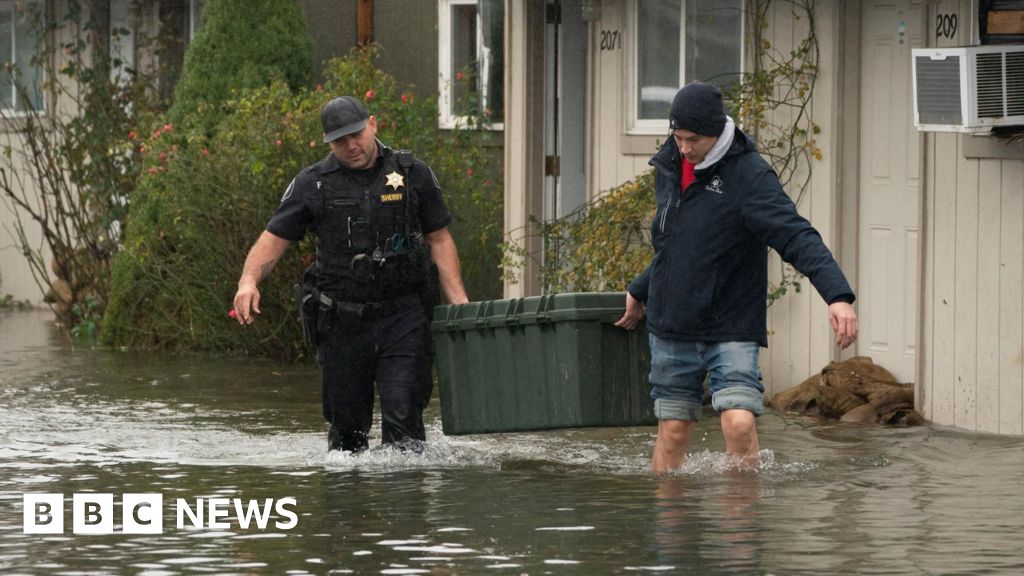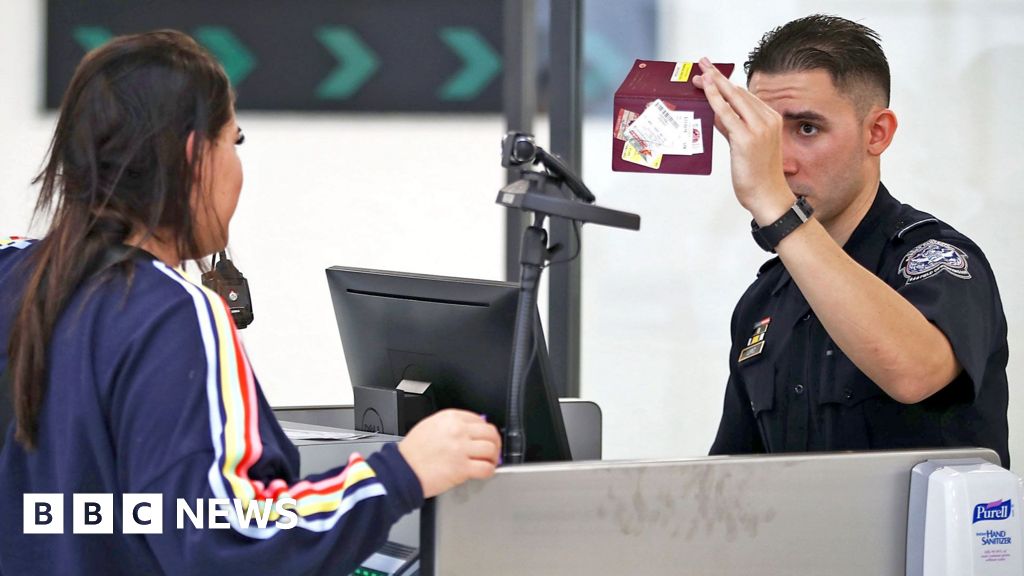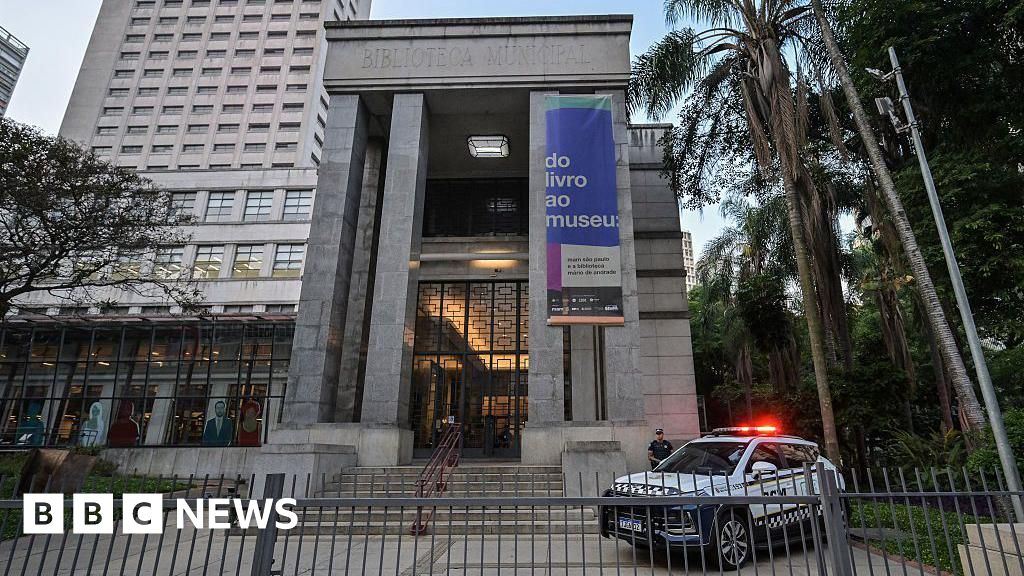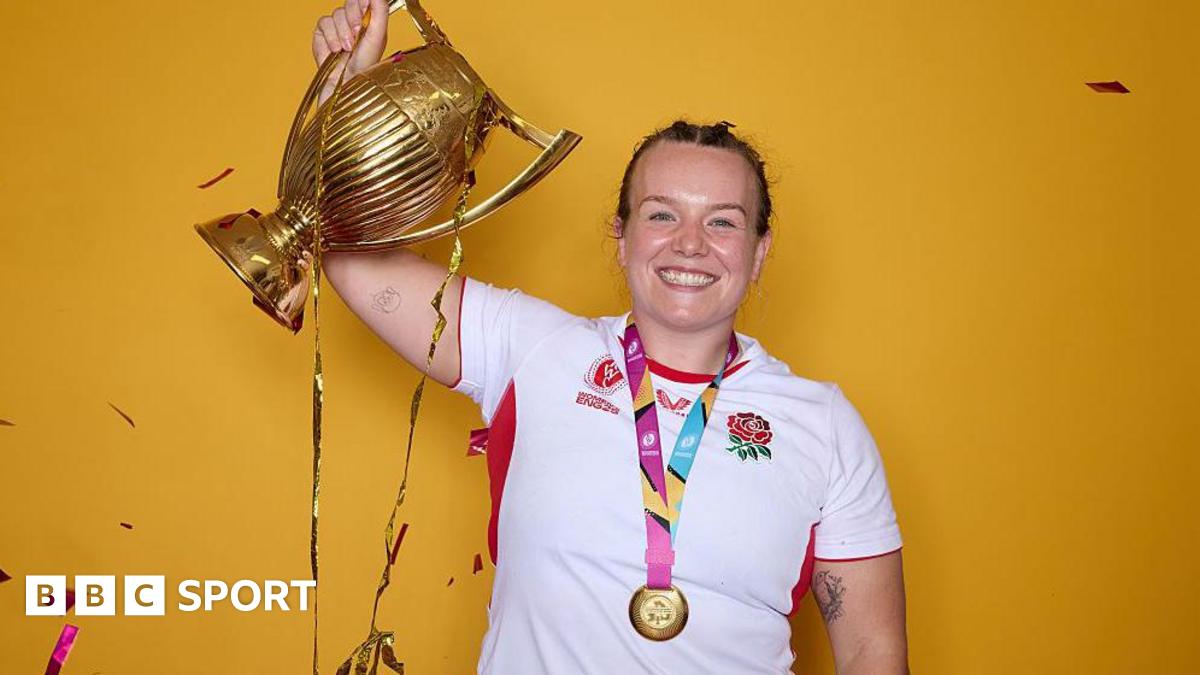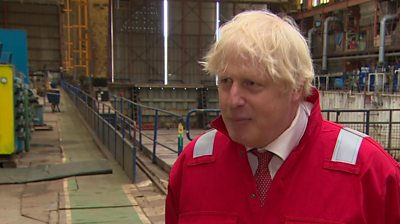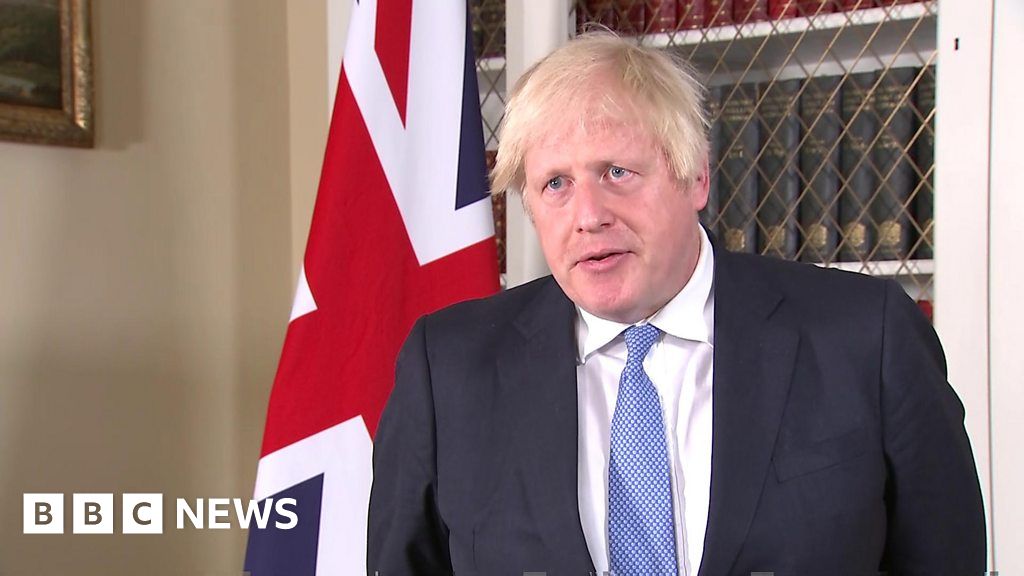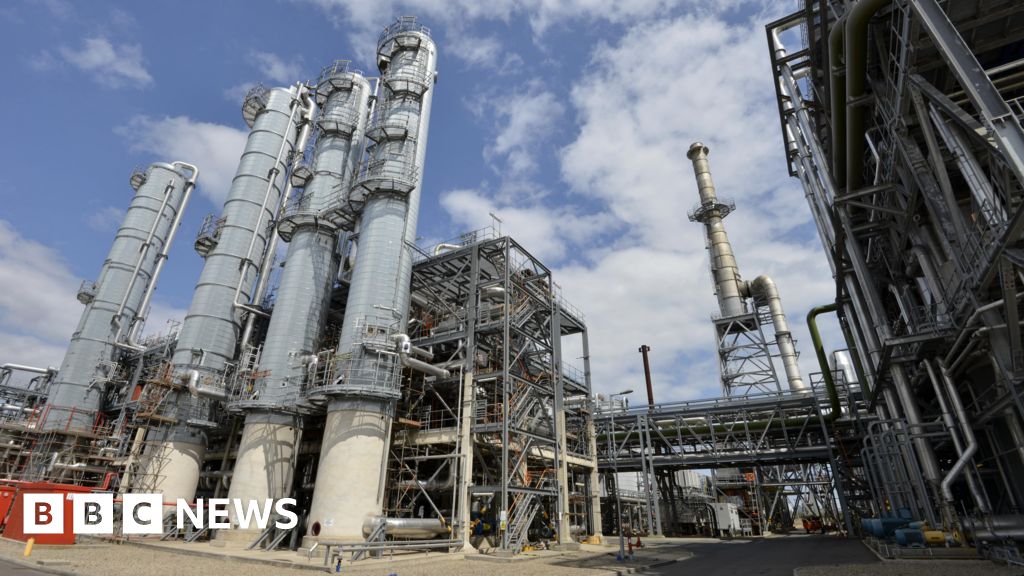Aberdeen made a net profit of £1.1m in the last financial year – despite their operating loss increasing by nearly £1m – thanks to player sales.
The loss of £6.27m was offset by £7.45m of gains in the transfer market.
Chairman Dave Cormack says it justifies the club’s “move to a player trading model”.
Aberdeen’s board and investors “are committed to paying more in wages, operating costs and transfer fees than their operating income,” he said.
That risk had paid off in recent years with the sale of Lewis Ferguson to Bologna, Scott McKenna to Nottingham Forest, Calvin Ramsay to Liverpool and Ross McCrorie to Bristol City.
“To compete at the highest levels in Scottish football, and to qualify for Europe each season, we continue to invest more in player wages and transfer fees,” Cormack said.
“This has led to annual operating losses, which, over time, have to be balanced by positive player trading and increased commercial and football performance-related income. I’m pleased to report that we are making progress.”
Cormack pointed to recent signings Bojan Miovski, Luis ‘Duk’ Lopes and Leighton Clarkson as proof that the strategy is working to unearth future saleable talent.
Aberdeen’s new strategy had “been a key factor in reducing £14.8m of cumulative net losses, before player sales, by £11.4m to £3.4m over the last three seasons”.
Turnover during the year from 1 July 2022 increased by almost £2m, up 14% from £13.86m in 2021-22 to £15.77m, thanks to increased attendances, sponsorship, commercial and broadcasting income as Aberdeen finished third in the Premiership and reached the League Cup semi-finals.
However, finishing 10th in 2021-22, missing out on Europe and a £1.7m rise in wages and bonuses led to the operating loss.
Average attendances rose 20% to 15,636, leading to record season ticket sales of 12,250 for the current campaign, which has featured Europa Conference League group-stage participation that will be reflected in the next accounting period.
Meanwhile, Aberdeen have promised to continue increasing investment in their team playing in the Scottish Women’s Premier League as part of a “strategic review” that “will culminate in a five-year plan with the goal of having a full-time professional women’s team in place within that period”.
This season, the club have signed additional loan players and appointed their first full-time women’s head coach.


